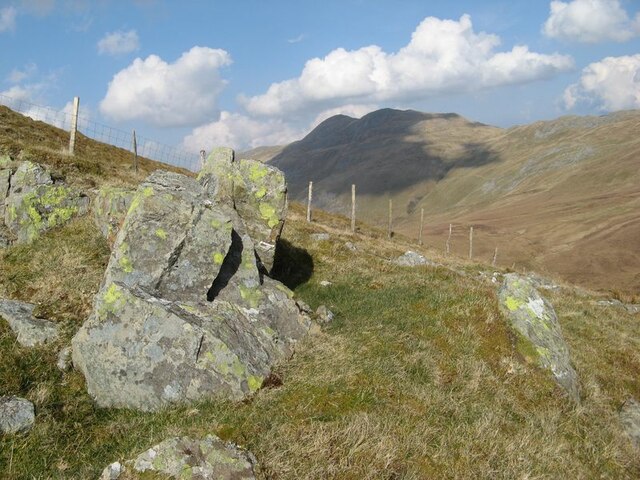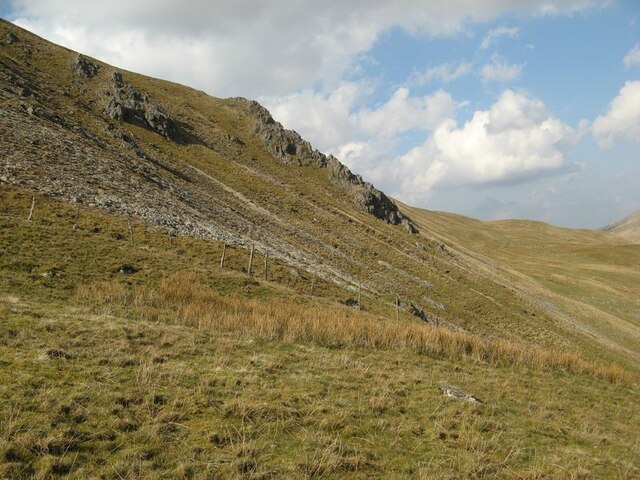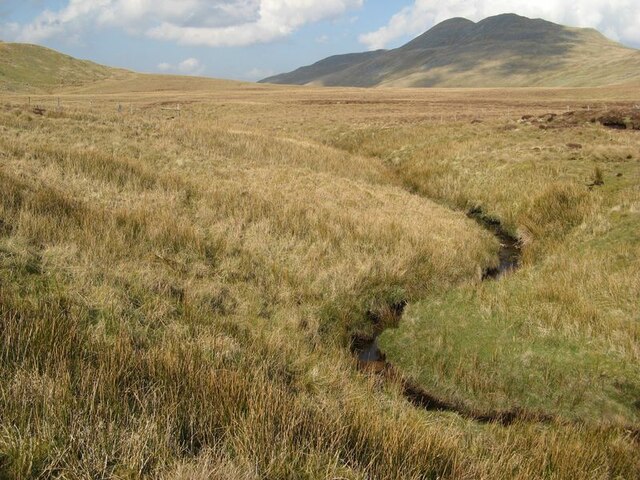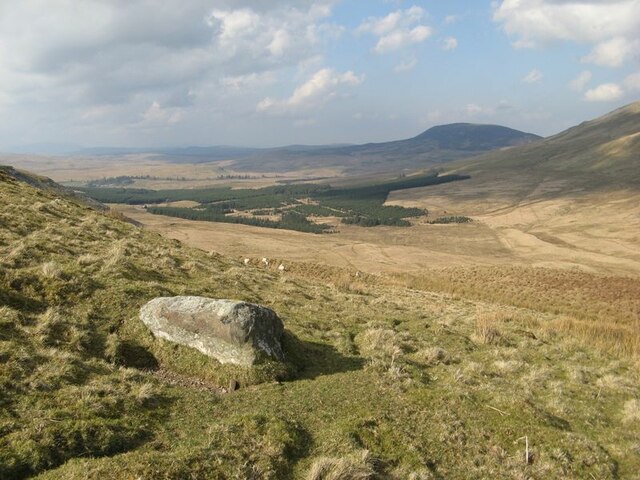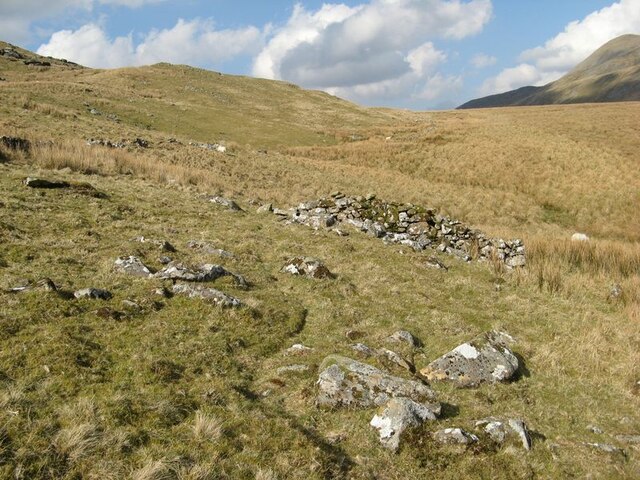Llyn Crafanc
Lake, Pool, Pond, Freshwater Marsh in Merionethshire
Wales
Llyn Crafanc
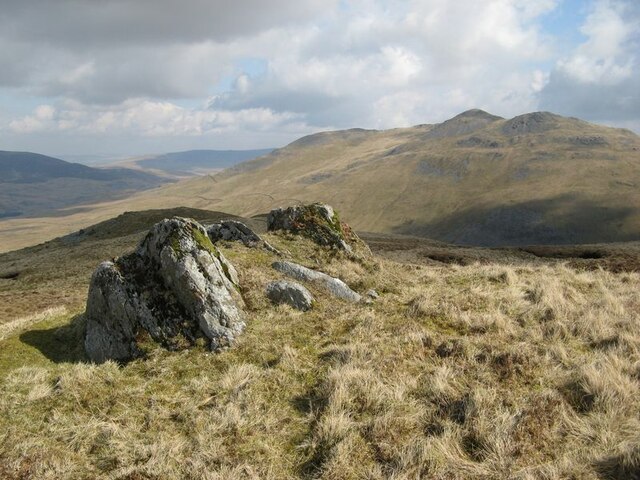
The requested URL returned error: 429 Too Many Requests
If you have any feedback on the listing, please let us know in the comments section below.
Llyn Crafanc Images
Images are sourced within 2km of 52.899594/-3.7494688 or Grid Reference SH8235. Thanks to Geograph Open Source API. All images are credited.

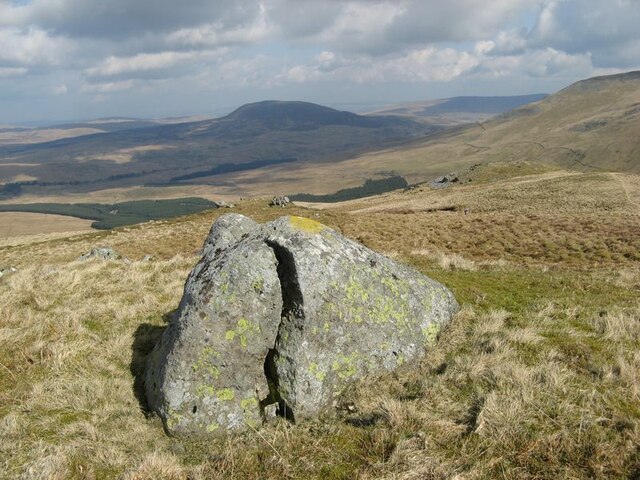



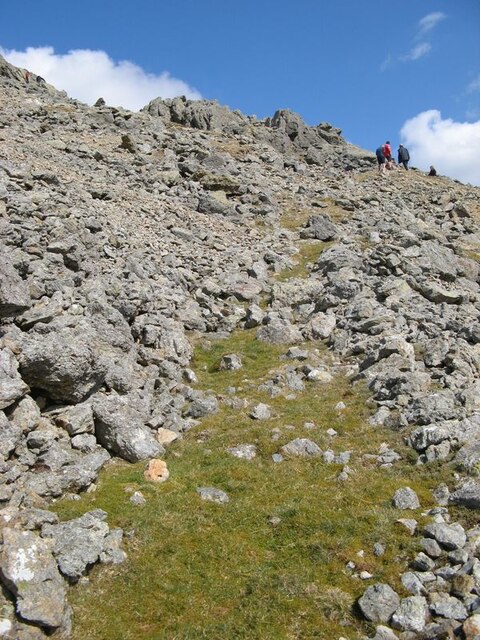

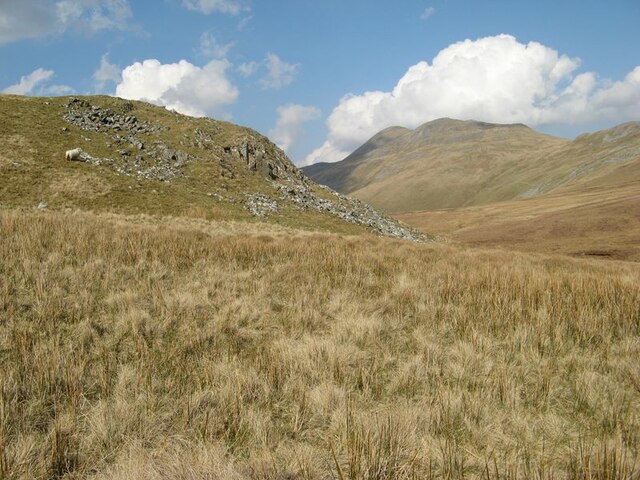
Llyn Crafanc is located at Grid Ref: SH8235 (Lat: 52.899594, Lng: -3.7494688)
Unitary Authority: Gwynedd
Police Authority: North Wales
What 3 Words
///demanding.played.quitter. Near Llanuwchllyn, Gwynedd
Nearby Locations
Related Wikis
Moel Llyfnant
Moel Llyfnant is a mountain in the southern portion of the Snowdonia National Park in Gwynedd, Wales. It is a peak in the Arenig mountain range. It lies...
Foel Boeth
Foel Boeth is the twin top of Gallt y Daren in the southern half of the Snowdonia National Park in Gwynedd, North Wales, and forms part of the Arenig mountain...
Gallt y Daren
Gallt y Daren is a peak in the southern half of the Snowdonia National Park in Gwynedd, North Wales, and forms part of the Arenig mountain range. It is...
Arenig Fawr South Top
Arenig Fawr South Top is the twin top of Arenig Fawr in southern Snowdonia, North Wales. It is the second highest member of the Arenig range, being 18...
Nearby Amenities
Located within 500m of 52.899594,-3.7494688Have you been to Llyn Crafanc?
Leave your review of Llyn Crafanc below (or comments, questions and feedback).





